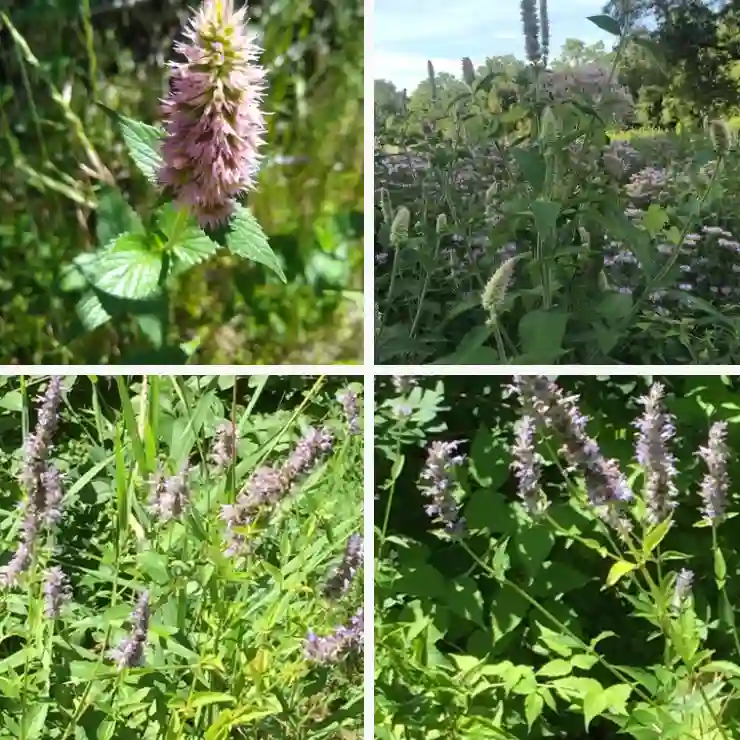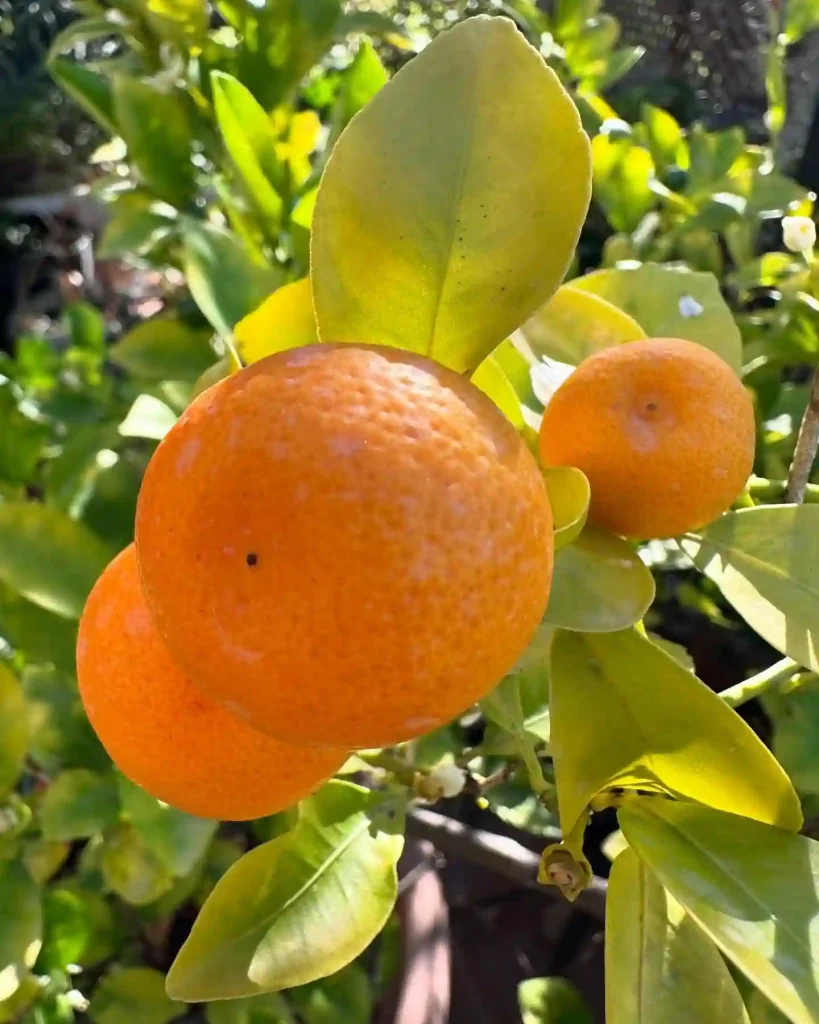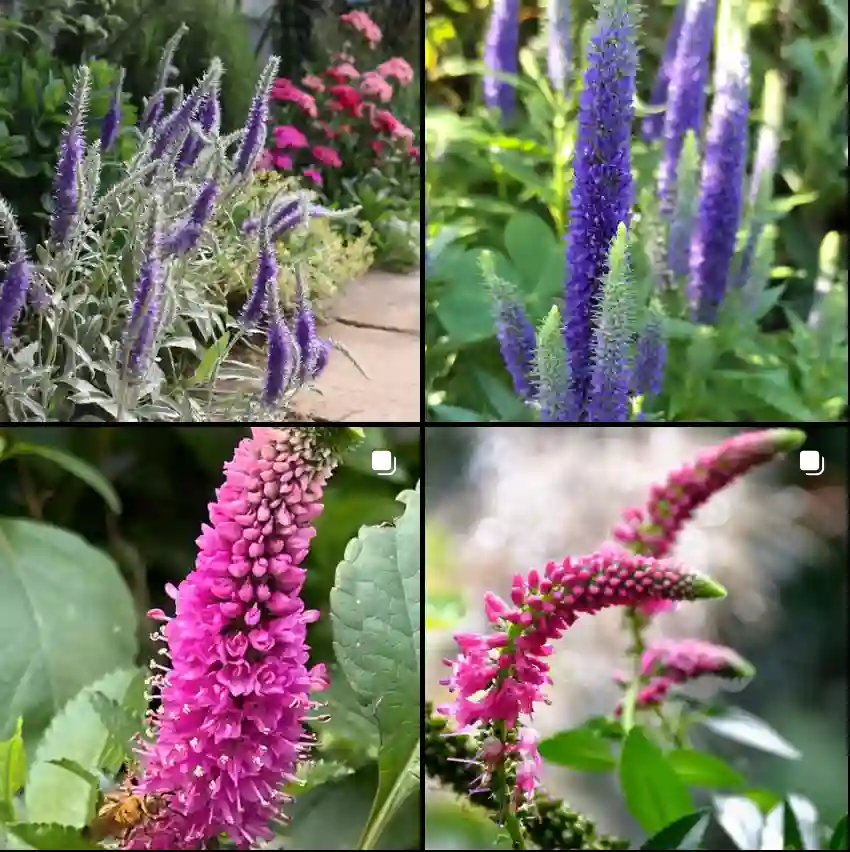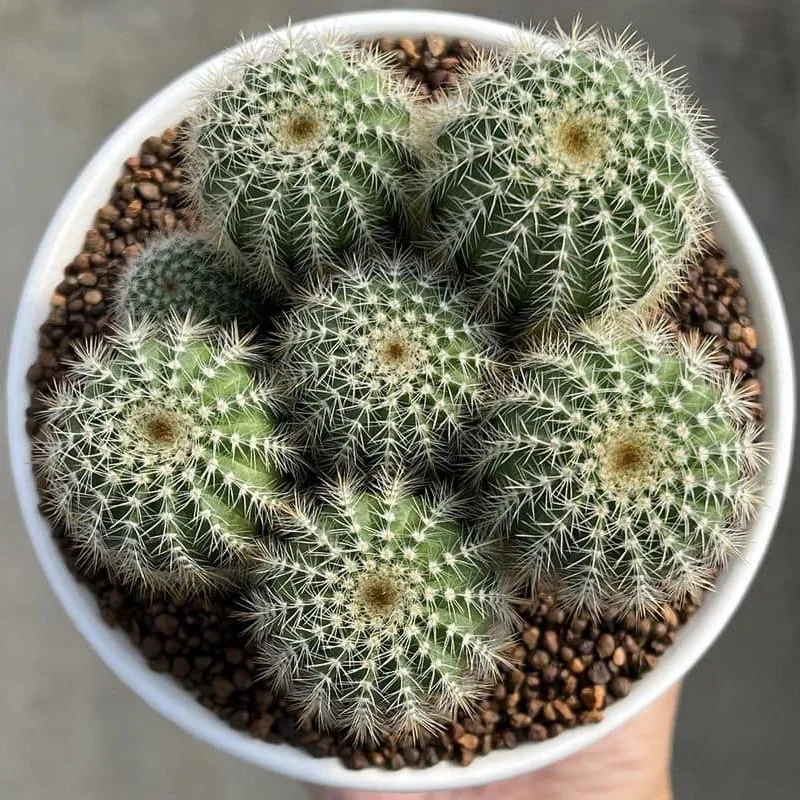FAQs About Petrea Volubilis
As someone who’s spent a good amount of time caring for and studying Petrea Volubilis, I’ve encountered numerous questions from fellow plant enthusiasts. This beautiful vine, also known as the Purple Wreath or Queen’s Wreath, is renowned for its stunning clusters of violet flowers. Here, I’ll address some of the most frequently asked questions about Petrea Volubilis, including its care, propagation, and where to find it.
What Is Petrea Volubilis?
Petrea Volubilis is a tropical vine belong to the Verbenaceae family, native to Central and South America. It’s celebrated for its cascading clusters of purple or lavender flowers that resemble wreaths, making it a popular choice for adding a touch of elegance to gardens and trellises. The plant is evergreen in tropical climates and can grow quite vigorously, reaching lengths of up to 30 feet or more.
Plant Family: 32 Genera in Verbenaceae
How to Care for Petrea Volubilis?
Caring for Petrea Volubilis involves several key factors:
- Light Requirements: Petrea Volubilis thrives in full sun to partial shade. It requires at least 6 hours of direct sunlight daily to encourage blooming and vigorous growth.
- Soil: This plant prefers well-draining soil with a slightly acidic to neutral pH. Adding compost or organic matter can enhance soil fertility and drainage.
- Watering: Regular watering is essential, especially during the growing season. However, avoid overwatering as this can lead to root rot. Allow the soil to dry out slightly between waterings.
- Fertilization: Feed Petrea Volubilis with a balanced, water-soluble fertilizer every 4-6 weeks during the growing season. This will support healthy growth and abundant flowering.
- Pruning: Prune the plant to maintain its shape and encourage new growth. Remove any dead or diseased wood to keep the plant healthy.
How to Propagate Petrea Volubilis?
Propagation of Petrea Volubilis can be done through cuttings or seeds:
- Cuttings: Take 4-6 inch cuttings from a healthy plant, ensuring each cutting has at least two nodes. Dip the cut end in rooting hormone and plant it in a pot with a well-draining rooting medium. Keep the cuttings in a warm, humid environment until roots develop.
- Seeds: Sow seeds in a seed tray with a light, well-draining soil mix. Keep the tray in a warm location with consistent moisture until germination occurs. Transplant seedlings once they are large enough to handle.
Is Petrea Volubilis Poisonous to Dogs?
Petrea Volubilis is not known to be highly toxic to dogs. However, while it’s not listed as a major toxin, it’s always best to prevent pets from chewing on plants. If your dog has ingested part of the plant and shows signs of discomfort, such as vomiting or diarrhea, it’s a good idea to consult a veterinarian.
Where to Buy Petrea Volubilis?
Finding Petrea Volubilis can vary depending on your location. Here are a few options:
- Local Nurseries: Check with local garden centers or nurseries, especially those that specialize in tropical or exotic plants.
- Online Retailers: Websites like Amazon, eBay, and specialty plant shops often offer Petrea Volubilis. Make sure to check the seller’s reviews and ratings.
- Plant Shows and Markets: Attending plant fairs or garden shows can be a great way to find this plant and get advice from growers.
Where Can I Buy Petrea Volubilis in Australia?
In Australia, you can find Petrea Volubilis at several sources:
- Australian Nurseries: Look for nurseries that specialize in tropical or subtropical plants. Some well-known names include Bunnings Warehouse and specialist garden centers.
- Online Australian Plant Stores: Websites like PlantNet and Garden Express often carry Petrea Volubilis.
- Local Plant Exchanges: Check community plant exchanges or local gardening clubs, which might offer Petrea Volubilis or know where to find it.
What to Plant With Petrea Volubilis?
Petrea Volubilis pairs beautifully with a variety of companion plants:
- Climbing Plants: Consider planting with other climbing plants like Bougainvillea or Jasmine to create a lush, vibrant display.
- Ground Covers: Use ground covers such as Lantana or Sweet Potato Vine to complement the cascading blooms.
- Trees and Shrubs: Plant near trees or shrubs that can provide some shade and support for the vine.
Can You Grow Petrea Volubilis Indoors?
Petrea Volubilis can be grown indoors if you have the right conditions. It needs a bright, sunny location, preferably near a south-facing window. Ensure it receives enough light and maintain high humidity levels to mimic its natural tropical habitat. A large pot and a trellis or support structure will help it thrive indoors.
Common Problems with Petrea Volubilis
Here are some issues you might encounter with Petrea Volubilis:
- Pest Infestations: Watch for pests like spider mites and aphids. Regularly inspect the plant and use insecticidal soap if needed.
- Fungal Diseases: Overwatering can lead to fungal diseases. Ensure good air circulation and avoid wetting the foliage.
- Nutrient Deficiencies: Yellowing leaves might indicate a lack of nutrients. Regular feeding and soil testing can address this issue.
Compare with Similar Plants
If you’re considering other similar plants, here’s a quick comparison:
- Wisteria: Like Petrea Volubilis, Wisteria produces impressive clusters of flowers but requires more substantial support and has different care needs.
- Bougainvillea: Bougainvillea is another vibrant vine but is more tolerant of dry conditions compared to Petrea Volubilis.
In summary, Petrea Volubilis is a stunning and versatile plant that can add a touch of tropical elegance to any garden or indoor space. By understanding its care requirements, propagation methods, and where to find it, you can enjoy its beauty and make the most of this magnificent vine.
If i die, water my plants!



